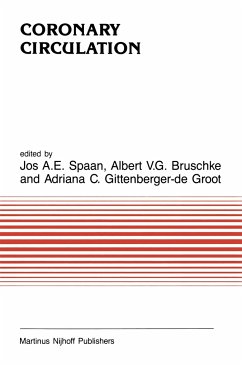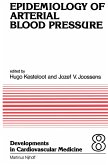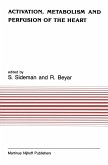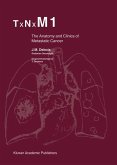Few diagnostic methods in Cardiology have heralded such revolutionary developments as the introduction of coronary arteriography. When, in the early 1960's, Dr. F. Mason Sones demonstrated that visualization of the coronary anatomy in living humans was not only feasible but sufficiently safe and reliable to be used as a clinical tool in the evaluation of patients with known or suspected ischemic heart disease, the thus far somewhat neglected area of coronary circulation became the focus of interest. Naturally, for a considerable period of time a great deal of emphasis was placed upon coronary anatomy. Simple relations between narrowing lesions, impediment to flow, and prognosis were assumed to exist. Spectacular results of surgical coronary revascularization seemed to confirm this concept. Gradually it has become evident that the pathophysiology of coronary artery disease is considerably more complex. Diagnostic methods were introduced to assess and quantify exercise-induced myocardial ischemia. At first, these tests were used mainly to achieve a more discriminative selection of candidates for coronary arteriography and the coronary arteriogram remained the gold standard. Currently, these techniques have evolved to the point where they provide valuable functional and metabolic information. They have become powerful independent tools in clinical investigations and evaluation of individual patients.
Hinweis: Dieser Artikel kann nur an eine deutsche Lieferadresse ausgeliefert werden.
Hinweis: Dieser Artikel kann nur an eine deutsche Lieferadresse ausgeliefert werden.








